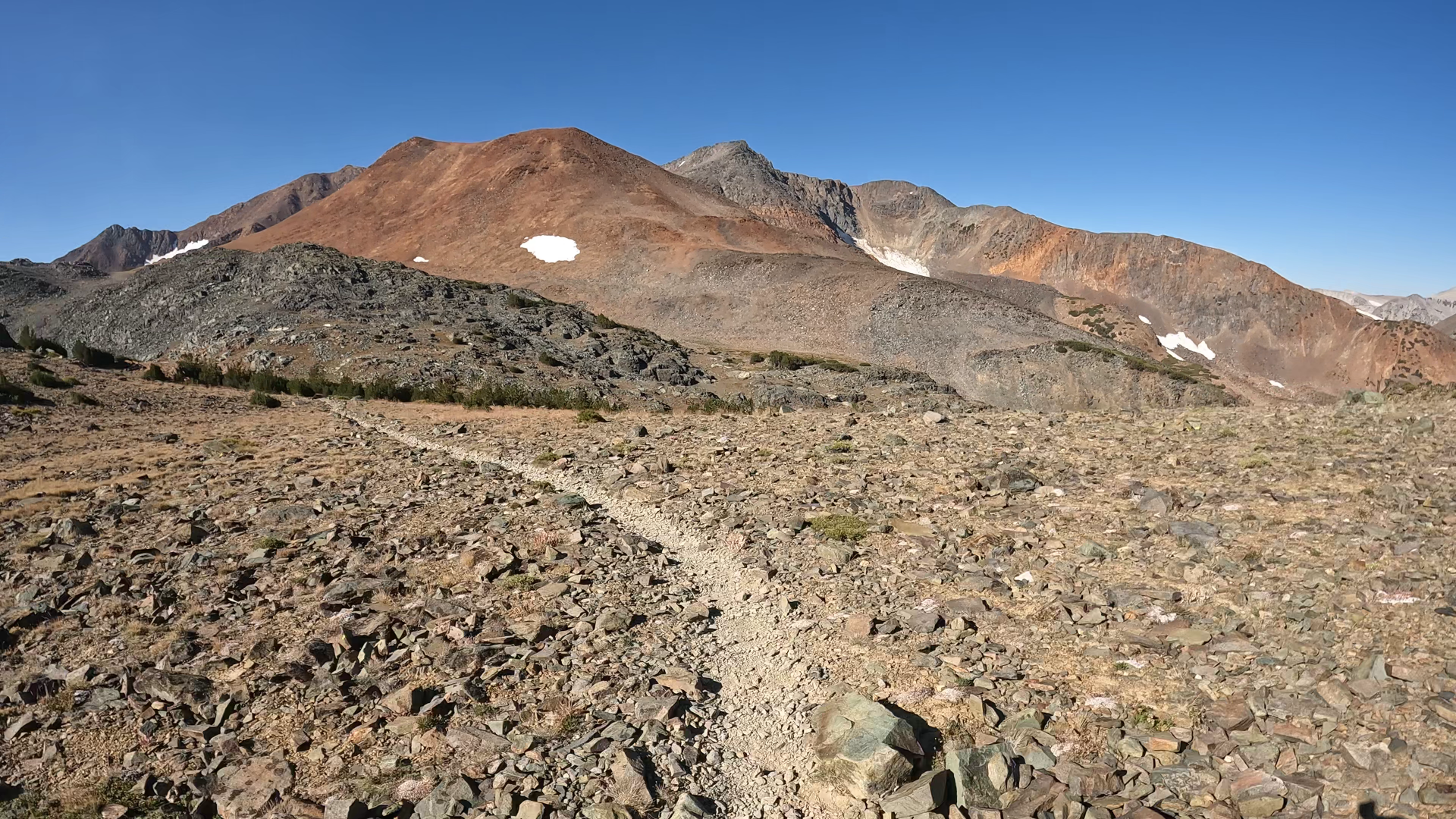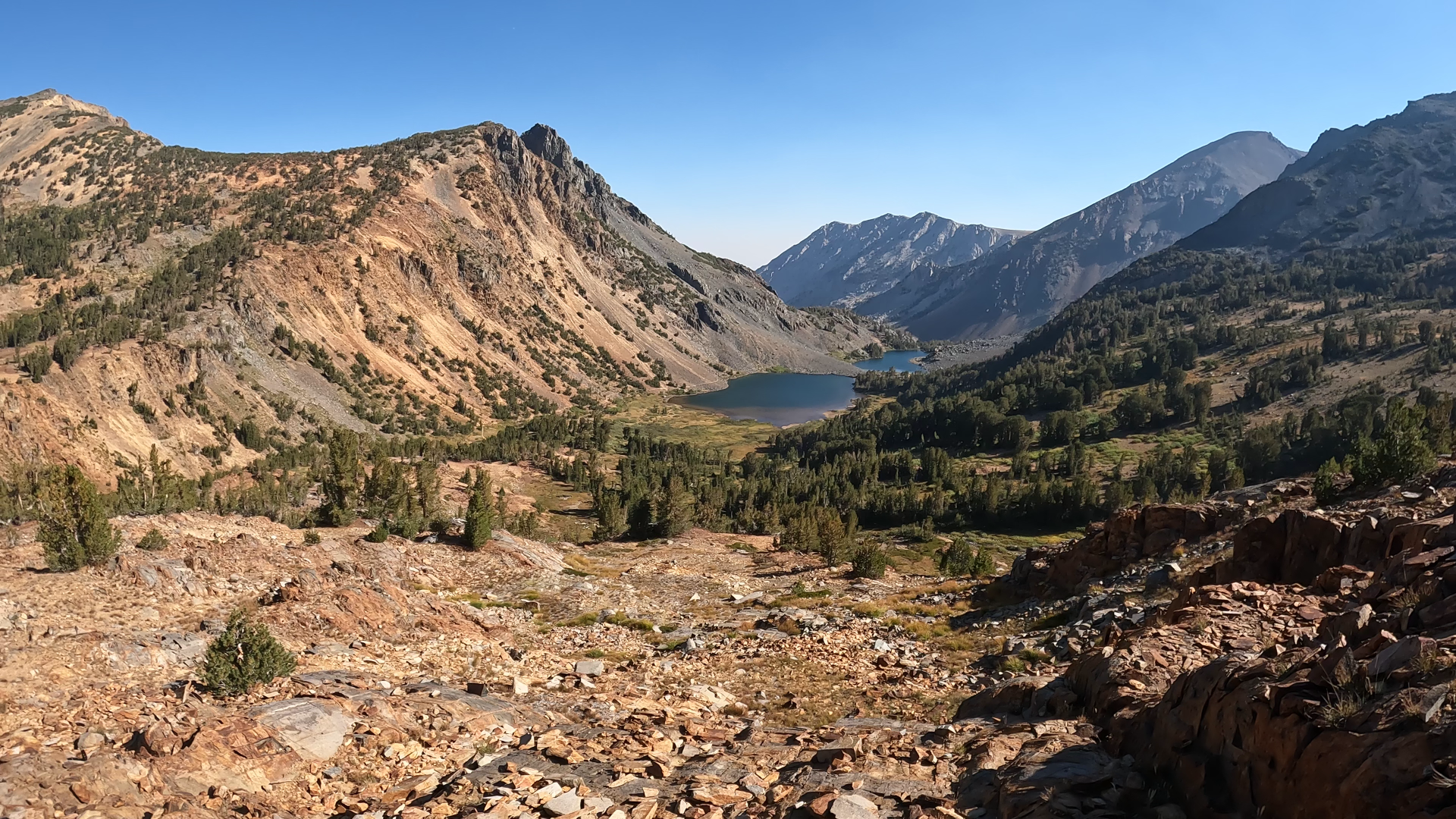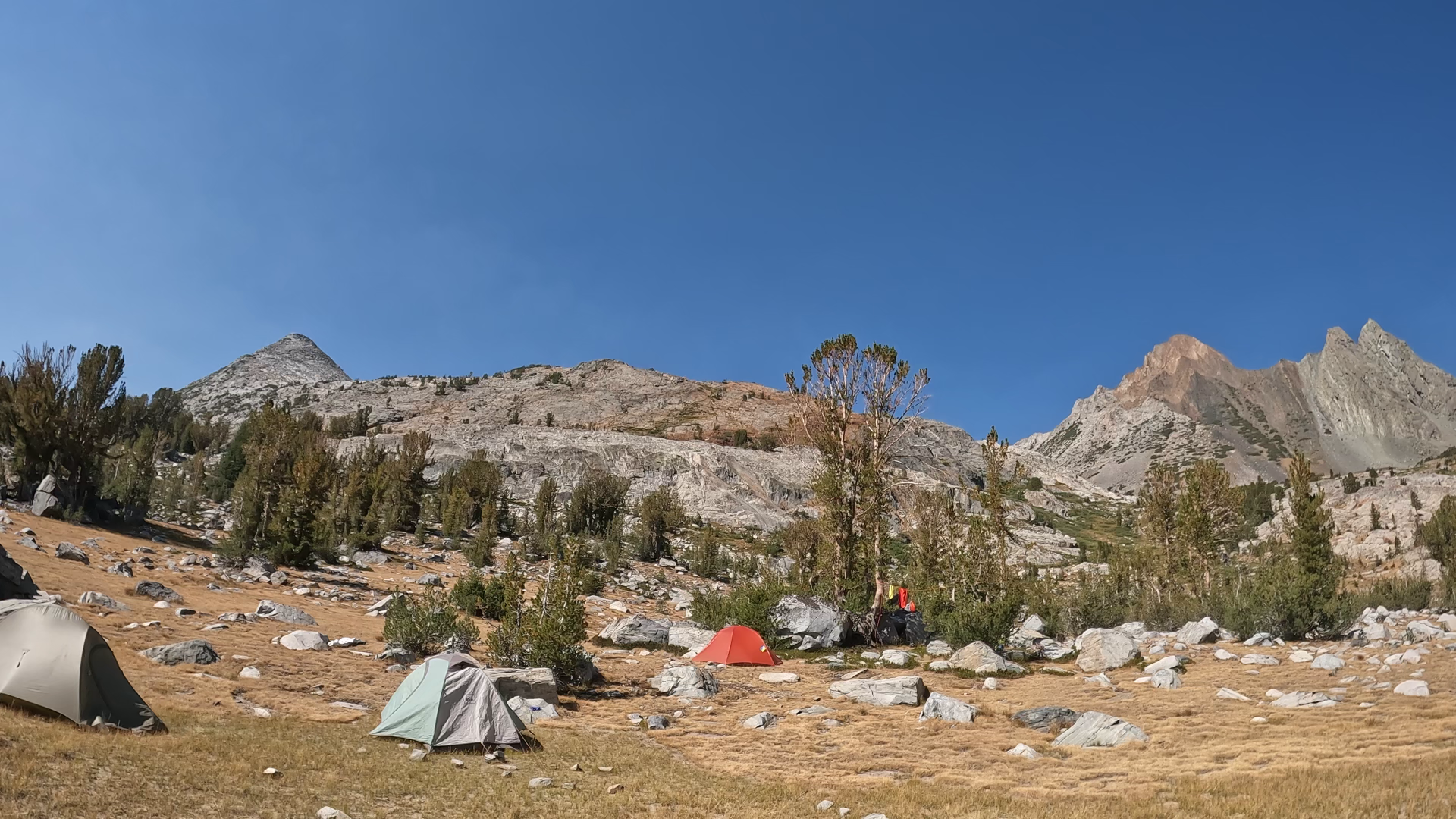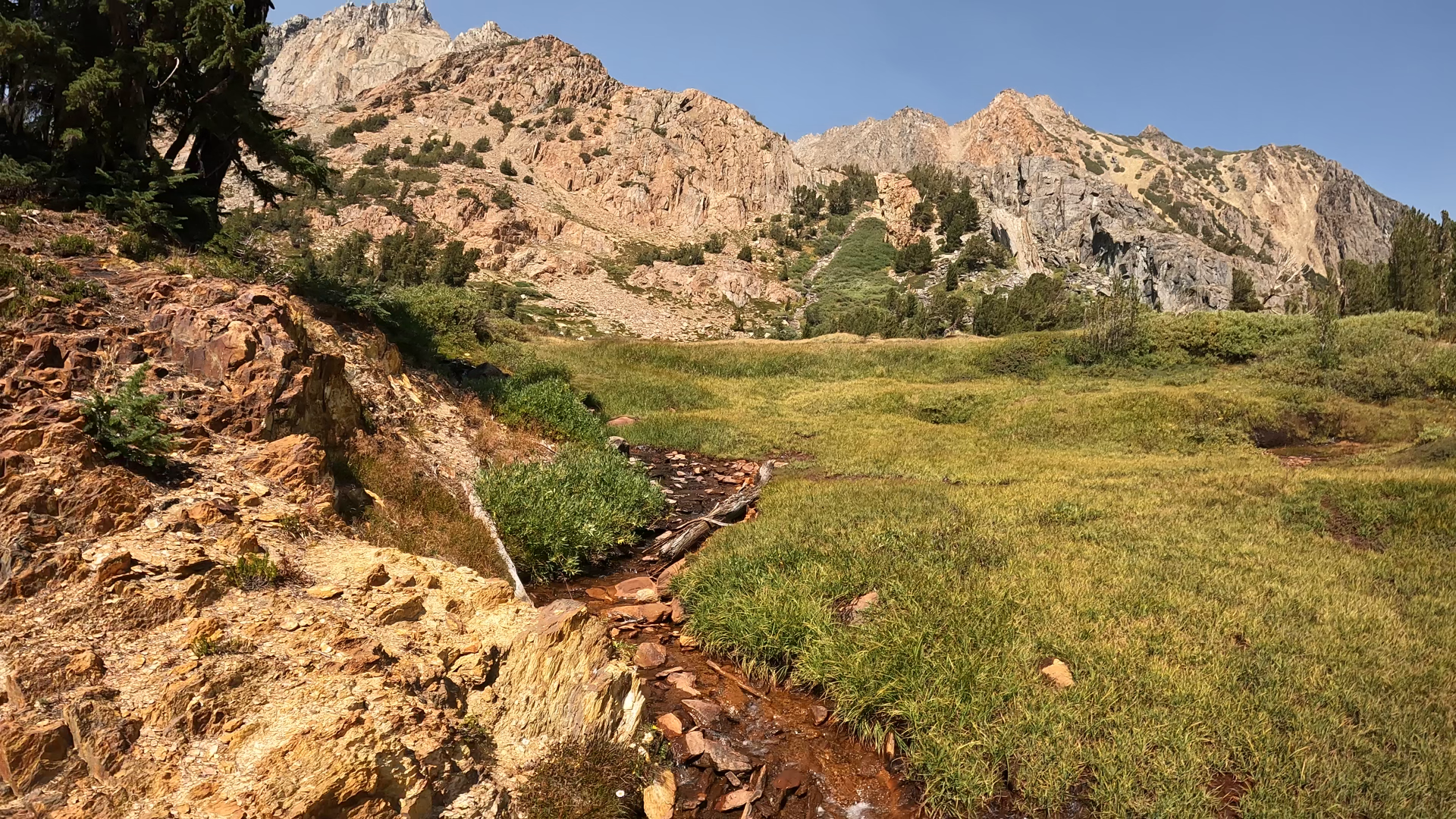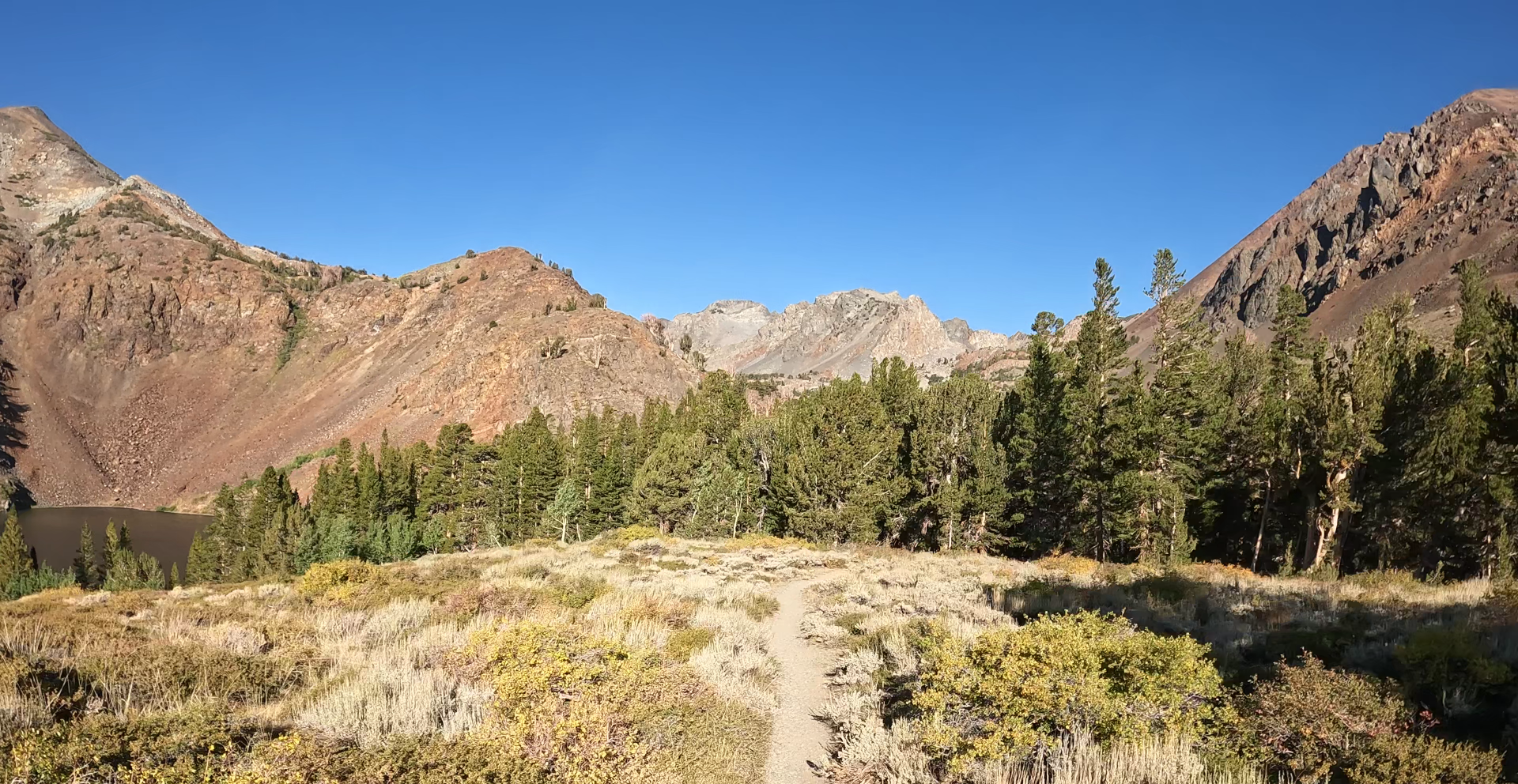 The Hoover Wilderness was created as part of a larger effort to preserve and protect California’s pristine wilderness areas. Named after President Herbert Hoover, the wilderness is located in the eastern Sierra Nevada and encompasses over 48,000 acres of rugged mountain terrain, alpine lakes, and scenic meadows.
The Hoover Wilderness was created as part of a larger effort to preserve and protect California’s pristine wilderness areas. Named after President Herbert Hoover, the wilderness is located in the eastern Sierra Nevada and encompasses over 48,000 acres of rugged mountain terrain, alpine lakes, and scenic meadows.
The push for the wilderness began in the early 20th century as the American conservation movement gained momentum. People began to recognize the value of protecting natural landscapes from logging, mining, and development. In 1956, a portion of the Hoover Wilderness was first designated by the Forest Service as a “primitive area,” a precursor to official wilderness status. These areas were protected but not yet under the full legal framework provided by the Wilderness Act of 1964.
The passage of the Wilderness Act in 1964 was a turning point for American wilderness preservation, as it created a legal definition of wilderness and established the National Wilderness Preservation System. In 1964, the Hoover Wilderness became part of this system, initially covering around 48,000 acres.
In subsequent years, further legislation expanded the wilderness. In 1984, the California Wilderness Act added additional lands to the Hoover Wilderness, increasing its size and strengthening protections against human development.
![]()
![]() Today, the Hoover Wilderness is a treasured area for outdoor enthusiasts and a vital habitat for wildlife. Its creation and preservation reflect the ongoing commitment to protecting natural landscapes for future generations.
Today, the Hoover Wilderness is a treasured area for outdoor enthusiasts and a vital habitat for wildlife. Its creation and preservation reflect the ongoing commitment to protecting natural landscapes for future generations.
